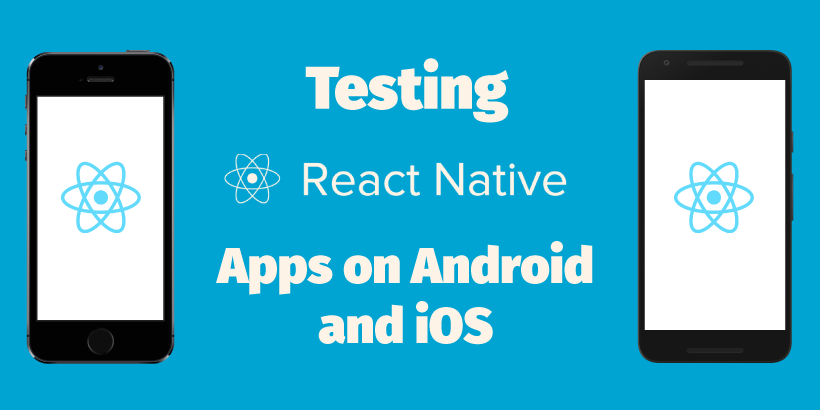

Change to the directory, connect your Android phone or run an emulator (after having installed Android Studio ), and run the project. This will create the startupapp directory and put a React Native project inside, with a runnable skeleton. npm install -g should have a command react-native available to you, which includes the init option. Make sure you have Node installed which varies depending on your operating system. Next, install the React Native Command Line Interface. Step 3: Install React Native CLI and Initialize the Skeleton You can use Oracle’s Java SDK or use SDKMAN to install other options, like OpenJDK. The installation differs depending on your platform. Make sure a recent Java Development Kit installed (like version 8). After installing make sure the version of SDK is 27 as this is what react Native uses.

I n order to build the eventual APK to upload to the store, you need to install Android Studio. However, in React Native, there is no DOM rather than Native Components which are provided by platforms such as iOS and Android.

When an element changes, that change is reflected on the real DOM by Virtual DOM corresponds to each element. If you are familiar with ReactJs or come from front end background, Reactjs creates virtual DOM which act as shadow to the real DOM available. React native is a framework for building mobile app with JavaScript leveraging ReactJs which basically uses native UI components.


 0 kommentar(er)
0 kommentar(er)
